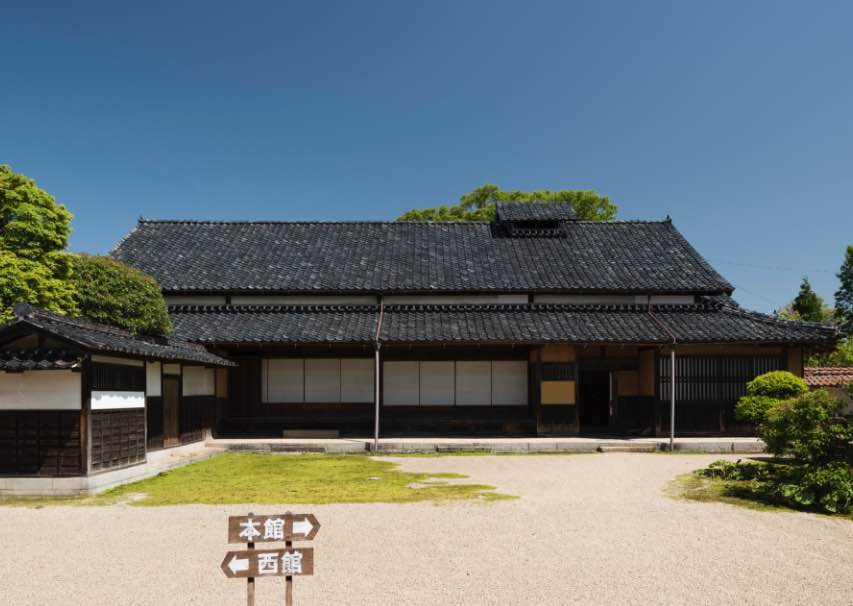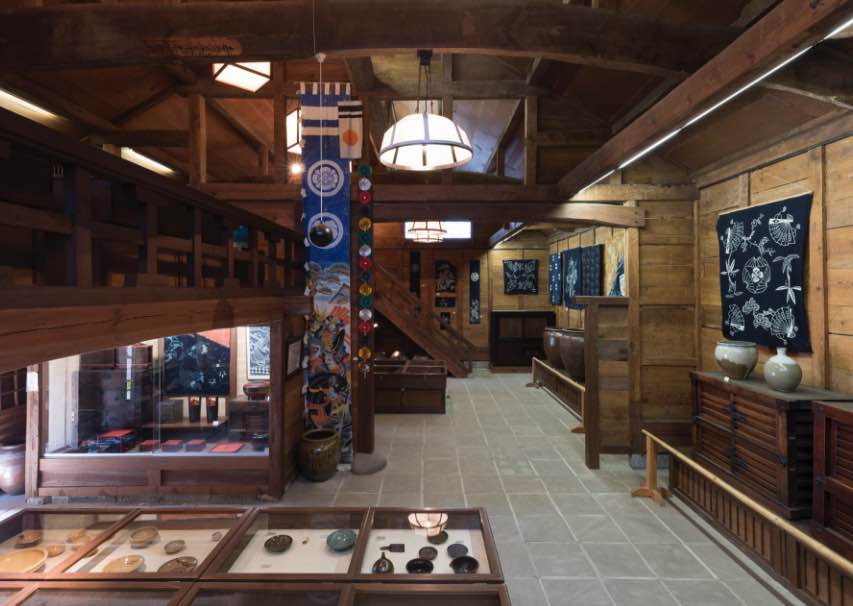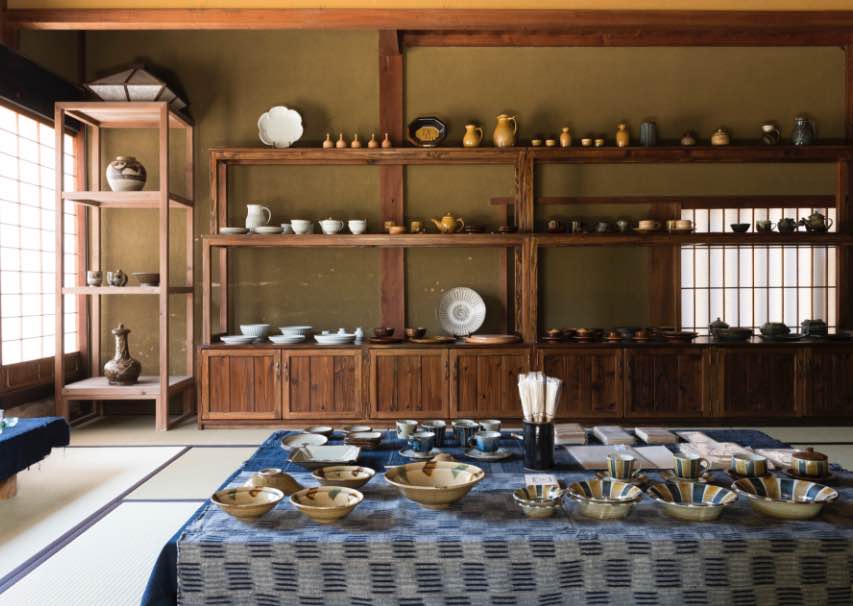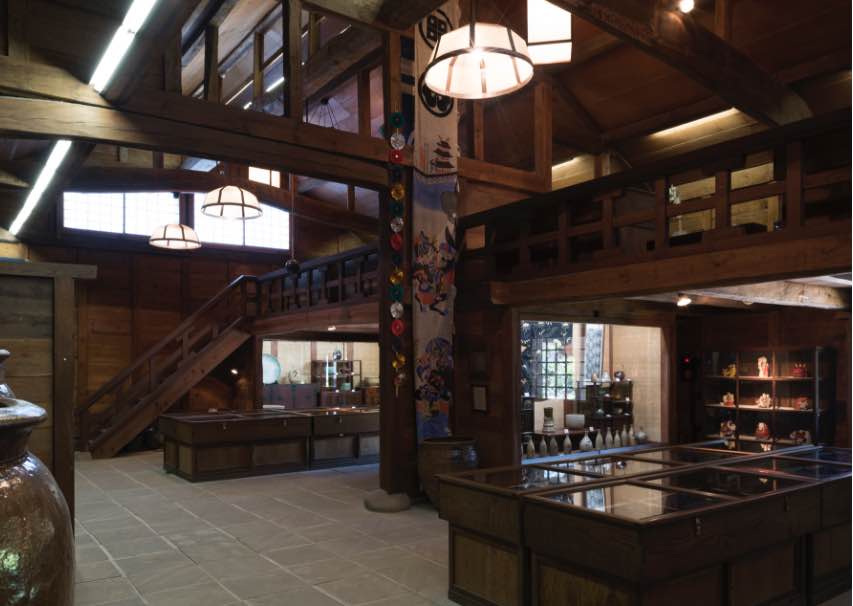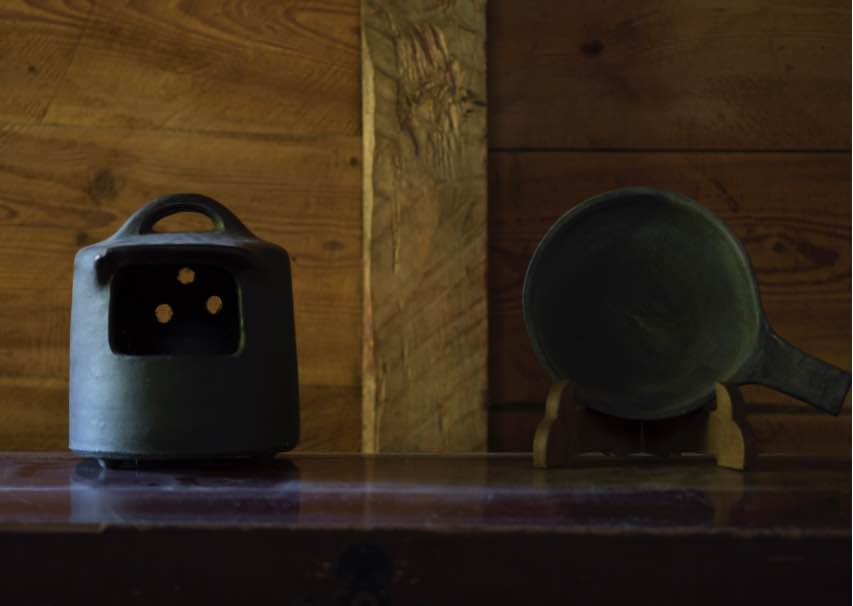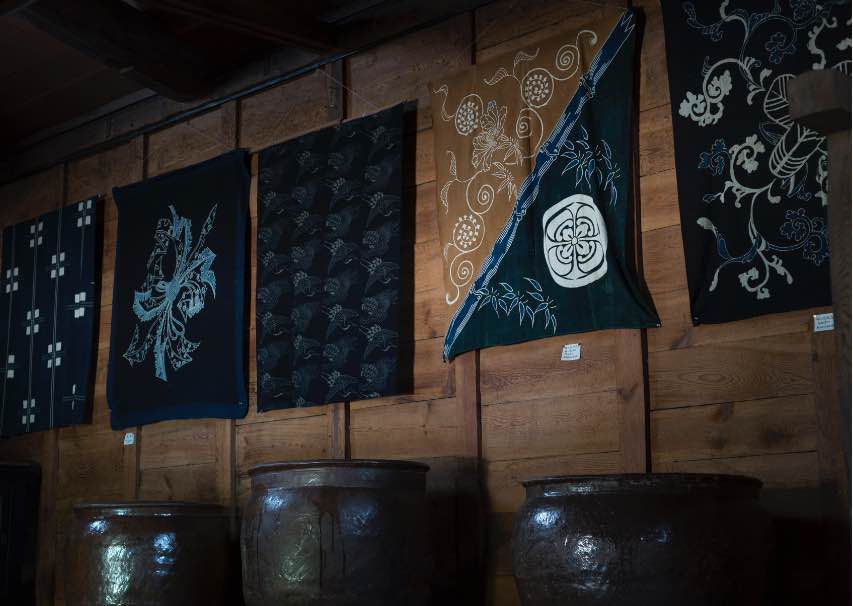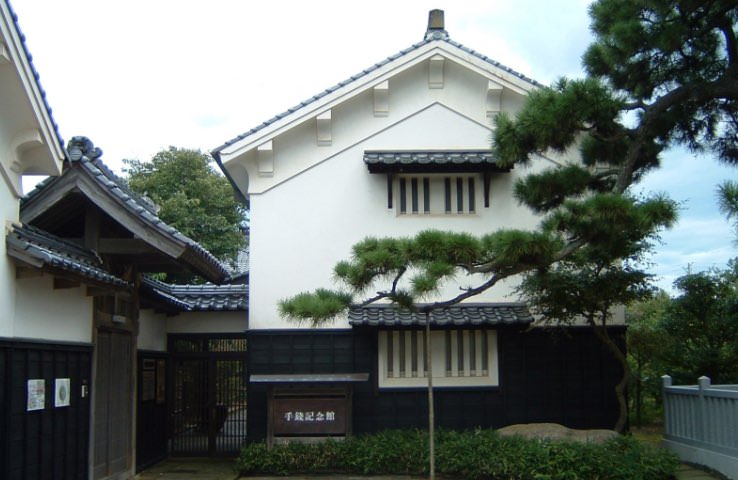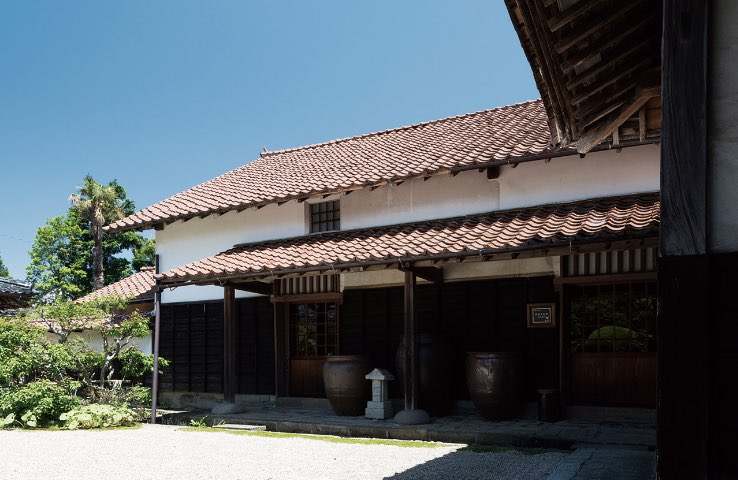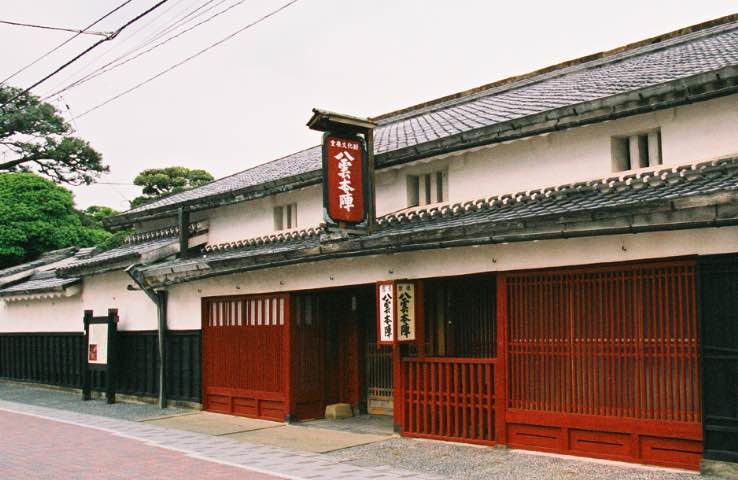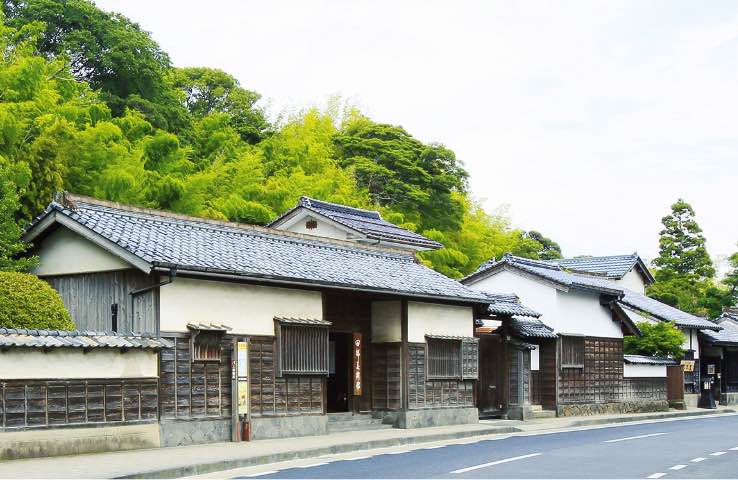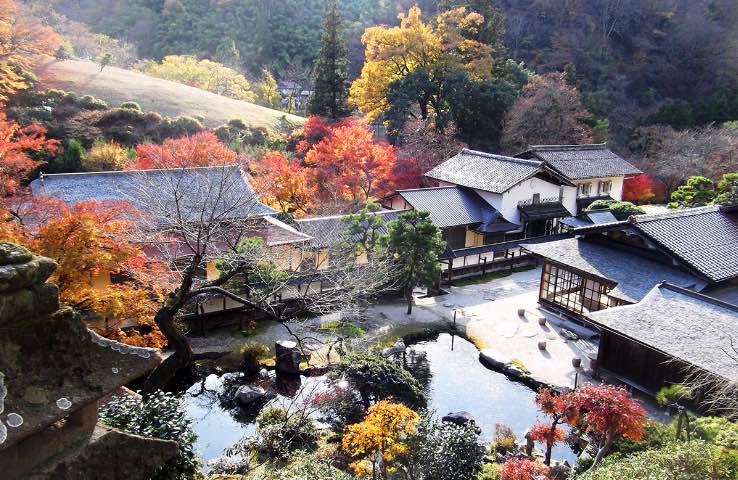Izumo Folk Crafts MuseumYamamoto Family
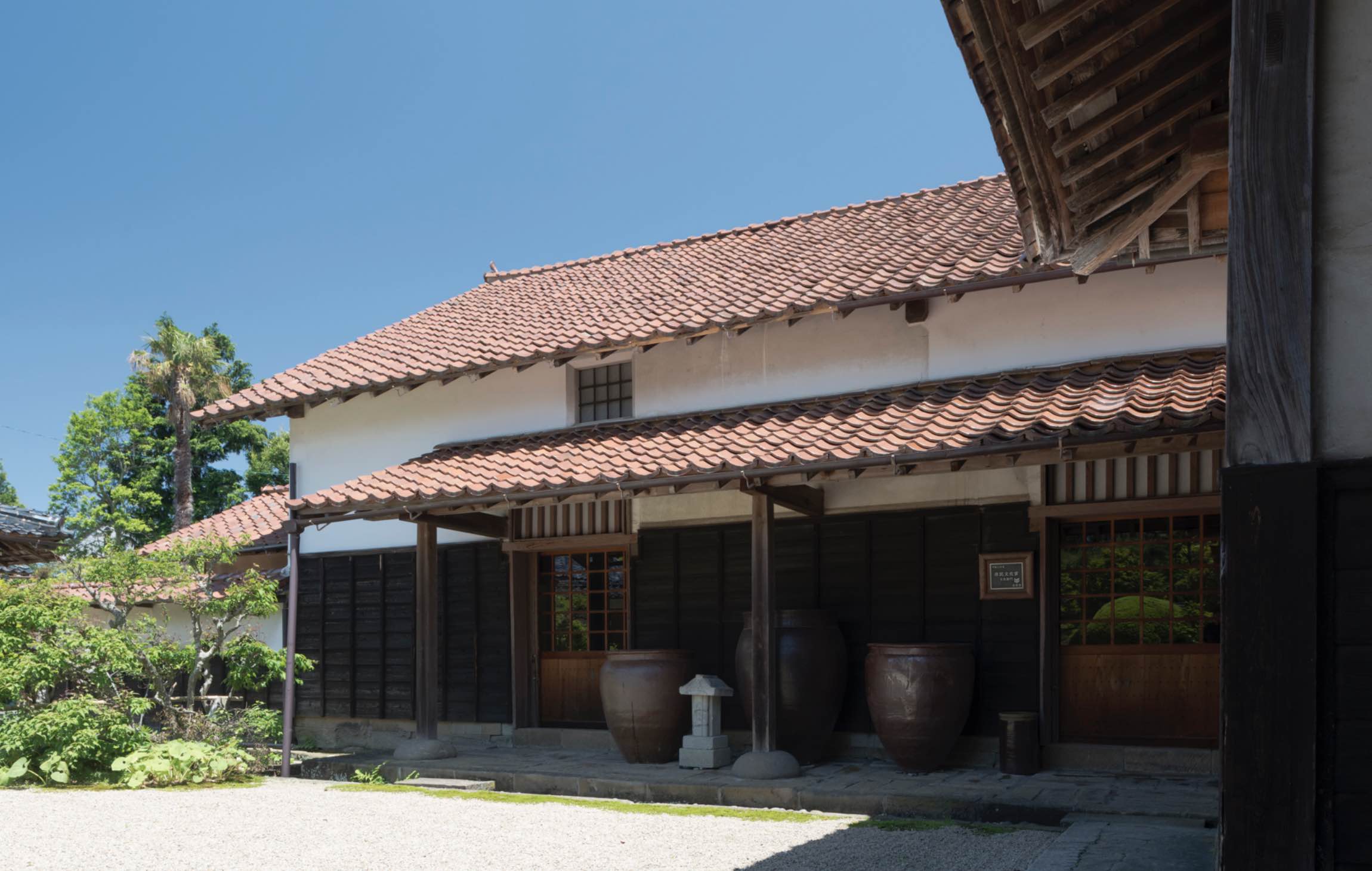
Introduction
The main branch of the Yamamoto family is said to have moved to Izumo from Kyoto in the sixteenth century. The branch of the family that separated from the main household in 1716 to form its own line became very prosperous, largely as the result of developing new fields and paddies. The Yamamoto were wealthy farmers, serving in the office of the magistrate that presided over the region and providing accommodation for the Matsudaira daimyō when touring their domain. Nevertheless the legacy of the fifth-generation head’s family precept “to observe lifelong simplicity and frugality and be unswayed by fashion” has been faithfully preserved, and the simple clarity of the façade of the family’s luxurious residence may still be seen to express the austere fortitude of this family tradition.
The Museum
The Izumo Folk Crafts Museum was opened in 1974. The main gallery, a refurbished granary that once stored the rice harvested from the family’s extensive lands, is dedicated to the display of mingei folk crafts collected from Shimane as well as other parts of Japan. These include ceramics, lacquerware, woodwork, and dyed articles that all convey the “beauty of everyday crafts”. The museum’s collection was made possible by donations from the Yamamoto family, who were inspired by the spirit of the mingei folk art movement that emerged in the early twentieth century, as well as thanks to the help and guidance of supporters from inside and outside the prefecture. In addition, modern folk crafts by creators from the region are exhibited in the West Annex, a refurbished lumber storehouse.
Information
- address
- 628 Chiimiya-cho, Izumo-shi, Shimane Japan 693-0033[See Google Map]
- opening hours
- 10:00 am -5:00 pm, closed on Monday.*If a national holiday falls on a Monday the museum remains open and closes the next day.
- website
- http://izumomingeikan.com

Art
Culture
Architecture
Edo Period (17th to mid-19th century), Storehouse (kura)
